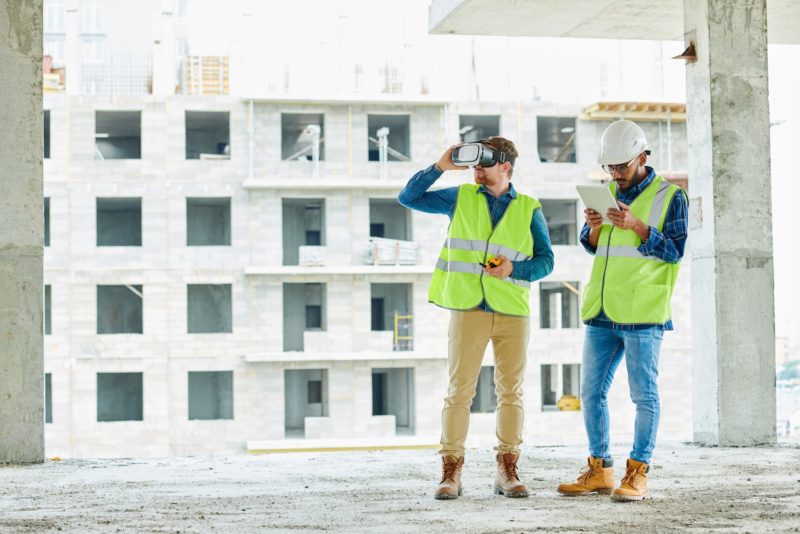Construction
Why smart technology is key to making building sites safer
Drones, augmented reality and wearable technology can play a “crucial role” in improving health and safety on construction sites, according to manufacturer Bull Products.

According to figures published in October by the HSE, there were 38 deaths in the construction industry, accounting for the greatest number of occupational fatalities from an individual sector.
The construction industry also has the largest burden of occupational cancers among industrial sectors, with over 40% of the occupational cancer deaths and cancer registrations from construction and allied trades.
But Bradley Markham, a Director from safety specialists Bull Products, believes that smart technology could be the solution to minimising worker injuries and ensuring a safer construction site.
“Over the past five years, technology has pushed the construction industry to become a safer working environment. In particular, the development of wireless technology such as alarm systems are making sites safer,” said Mr Markham.
“Today, emergency fire, first aid, and intruder alarm systems have become an integral part of the construction sector due to their flexibility, reliability, ease of installation, and usability.
“When existing technology and devices become wireless, the functionality increases leaps and bounds. Wireless technology is the ideal solution for construction sites and building complexes that have more than a single building. In the case of temporary installations, for instance, construction sites where the work is in progress, wireless fire alarms can be installed and then removed once the work on the site is finished, or moved to another site, providing a cost-effective and flexible solution to companies.
“Recently there has been a major focus on the use of technology in the workplace and I believe smart technology such as drones, augmented reality and wearable technology will play a crucial role in not only improving health and safety on site, but fuelling growth and innovation for businesses,” added Mr Markham.
“Virtual reality will enhance health and safety training on site as it will give workers the chance to reduce accidents by creating simulations of real workplaces and hazards. This will allow workers to be aware of dangerous situations, which in turn, will reduce injuries on site.
“Drones will help construction managers inspect a job from above or in places where it is dangerous for a human to go, allowing the technology to spot potential hazards and monitor ongoing activity. This will provide a time-saving and cost-effective solution as it eliminates the need for an in-person inspection,” added Mr Markham.
His comments come as the Institution of Occupational Safety and Health (IOSH) launches two new courses to help businesses in the sector better protect workers.
The Safety, Health and Environment for Construction Site Managers course provides those in charge of projects with the ability to implement strategies designed to ensure workers and the environment aren’t harmed by projects.
While the Safety, Health and Environment for Construction Workers course is designed to ensure those working on the ground do not put themselves or colleagues at risk.
“While a high number of people are killed in construction site accidents, many more are becoming ill because of past exposure to harmful dusts and materials. This is unacceptable. No one should have their safety or health harmed by work,” said IOSH Head of Product, Jonathan Nobbs.
“It is crucial, therefore, that organisations have strong, robust health, safety and environment practices. Our new courses are aimed to equip site managers and workers with the knowledge and ability to implement policies and procedures designed to save lives.”
Why smart technology is key to making building sites safer
Bradley Markham, a Director from safety specialists Bull Products, believes that smart technology could be the solution to minimising worker injuries and ensuring a safer construction site.
Jamie Hailstone
SHP - Health and Safety News, Legislation, PPE, CPD and Resources Related Topics
Company fined as worker has leg amputated
Aviation company fined after worker death at Heathrow Airport
Gogglebox star George Gilbey died after fall through skylight

